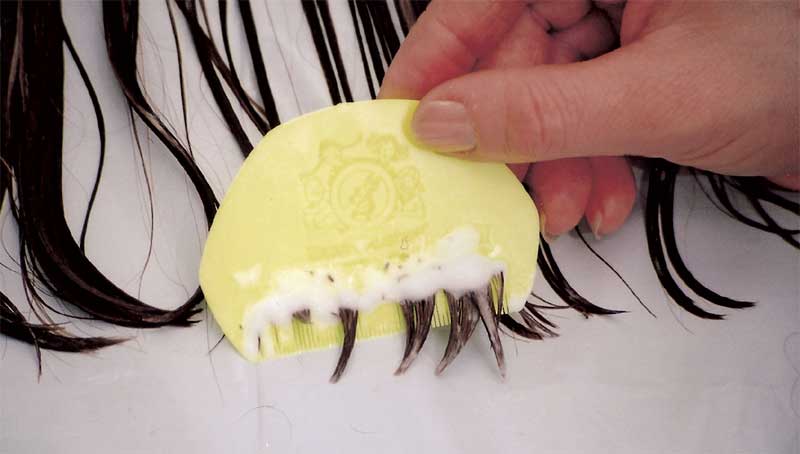
The typical method of getting rid of lice with nit shampoo and a lice comb just won’t cut it anymore.
With winter on the horizon, students are being reminded not to share their hats and jackets. It might sound like common knowledge, but these reminders are being given along with some creepy news.
Kyong Yoon, an assistant professor of biological and environmental sciences at Southern Illinois University at Edwardsville, presented research recently showing that lice are now stronger than ever.
Yoon found that lice are becoming so formidable that they are growing immune to neurotoxins in medical shampoos and pyrethoids-an ingredient in commonly used lice treatments.
“The body louse, pediculus humanus humanus, is an obligate blood-feeding ectoparasite and an important insect vector that mediates the transmission of diseases to humans,” Yoon said in his research abstract. “The analysis of the body louse genome revealed a drastic reduction of the chemosensory gene repertoires when compared to other insects, suggesting specific olfactory adaptations to host specialization and permanent parasitic lifestyle.”
This means that the typical method of ousting lice is becoming less and less effective. In fact, the use of special shampoos and pesticides have actually worked towards helping lice become resilient against the toxins meant to wipe them out.
As parents come to terms with the fact that their children are at risk of catching lice through close contact, they struggle to identify how they will get rid of the parasitic insects.
The Observer looks at how lice have evolved, according to the “Lice Doctors” and the blog, “Of Lice and Men”, to see how they’ve become the increasingly resilient insects that they are today. Here’s a timeline of their evolution.
107,000 BC: Head lice on chimpanzees turned into humans getting head lice. Research and DNA technology discovered that lice has two separate strands, head and body lice.
8,000 BC: A nit was found in a buried mummy’s hair in Brazil.
7,000 BC: In Northern Israel, head lice were discovered in hair on a skull.
3,000 BC: More nits were discovered on an Egyptian mummy. Interestingly, there were lice combs discovered in the tomb.
79 AD: On a strand of hair from a woman who’s body was preserved in the lava of Mt. Vesuvius, a nit was discovered.
1100 AD: The first major discovery of head lice was found in the western hemisphere in a Peruvian mummy’s hair.
Early 1800s: First record of head lice in the U.S. was reported to have been in Wisconsin. In the Wisconsin Historical Museum, a 1930s lice comb made out of bone can be found.
1900s: Lice grow resistant to many chemicals and toxins designated for their termination.
2000s: New strand of lice deemed “super lice” by scientists and lice experts.
While some families may be pulling out all the stops to find new and effective ways of treating lice, there are still several ways to be proactive. Visit your family doctor or call a specialized lice clinic to find out which steps you should be taking to avoid having these critters in the heads and home of your loved ones.


